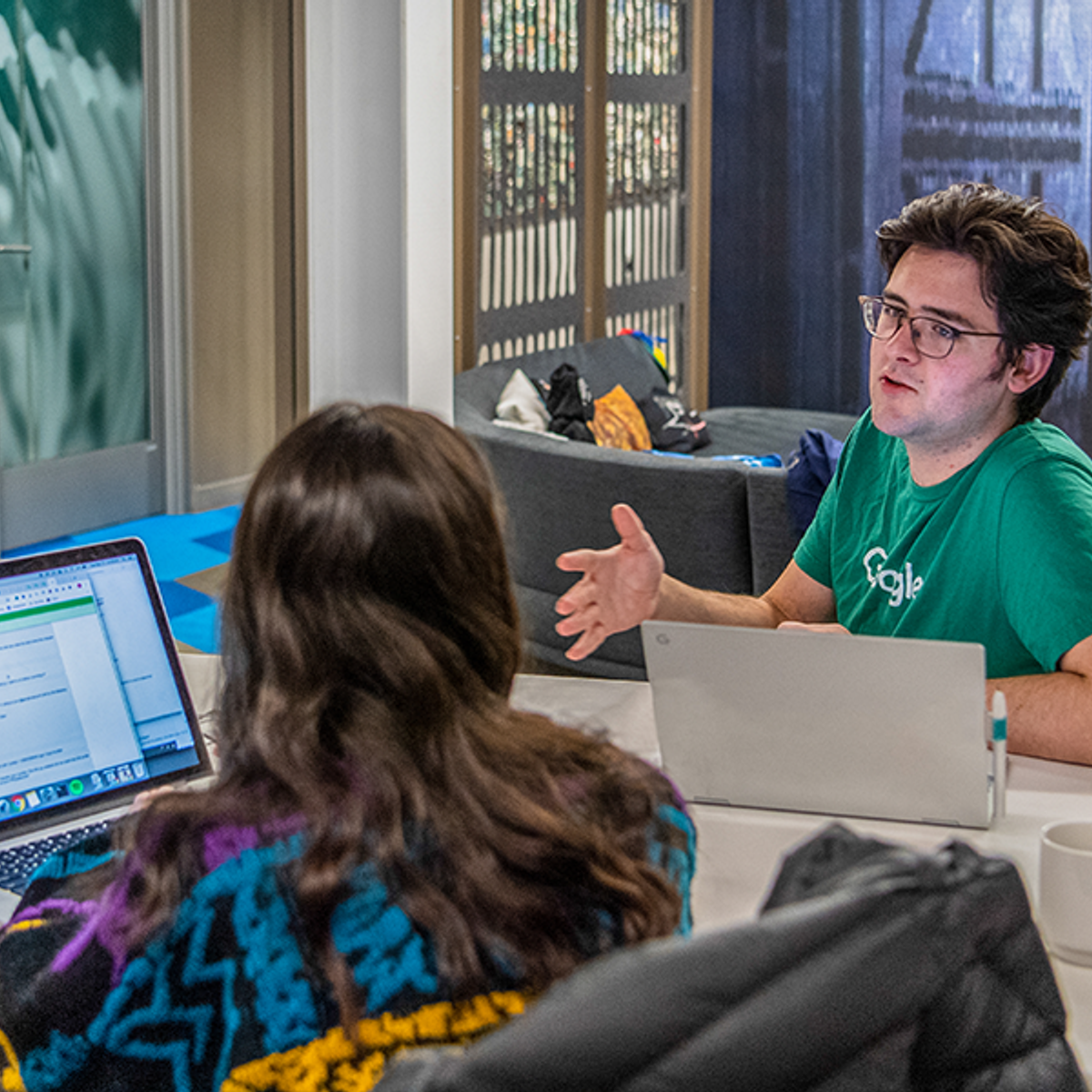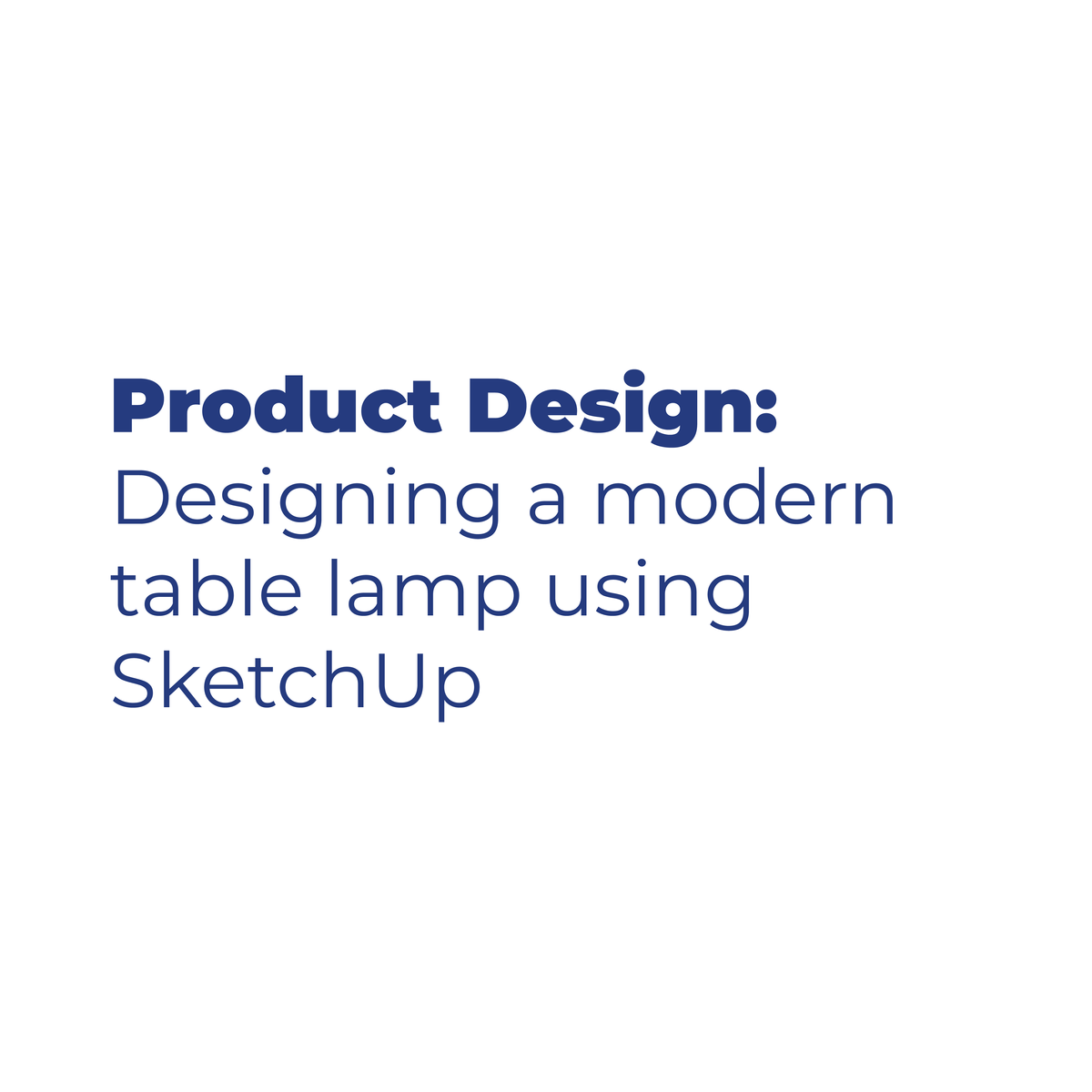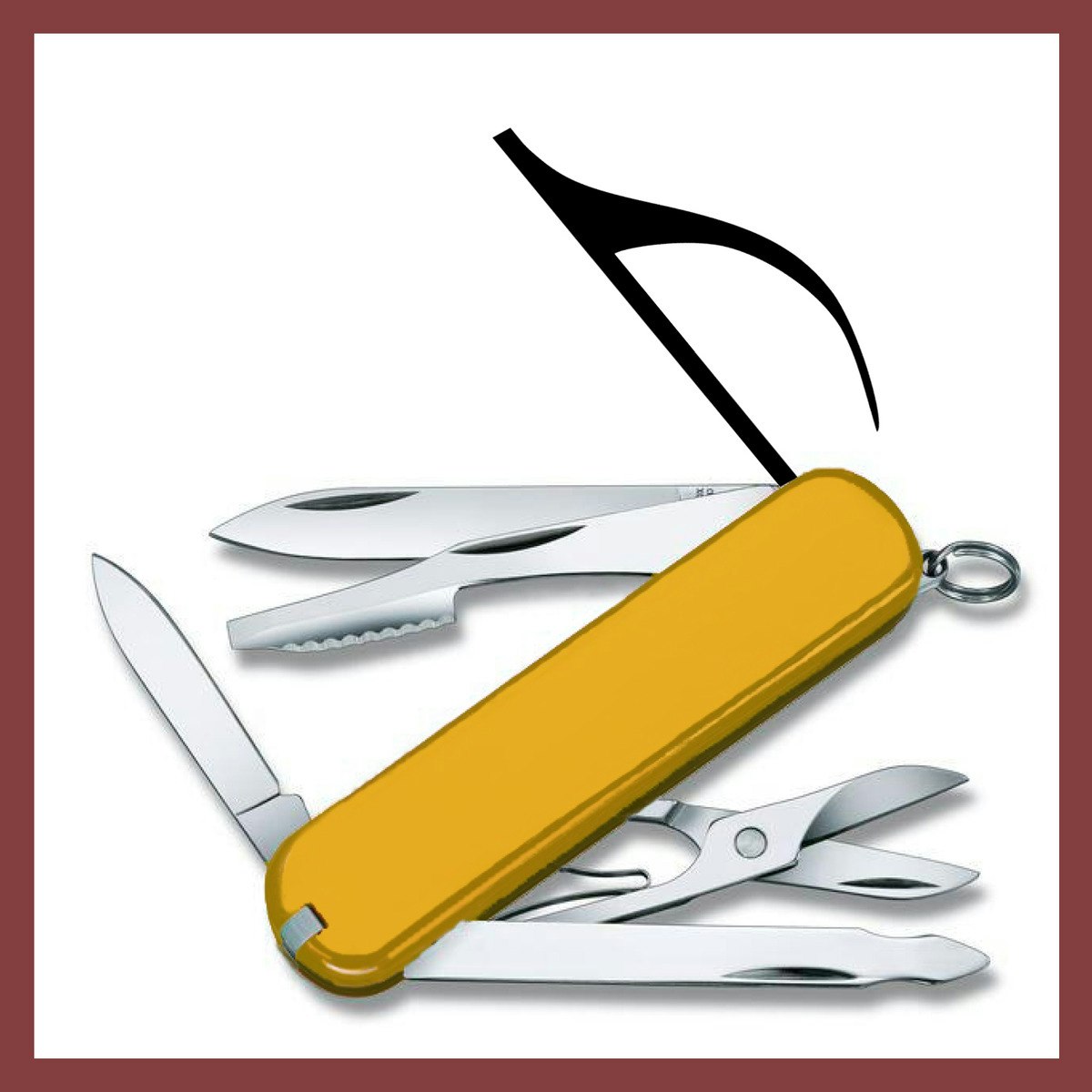Back to Courses









Arts And Humanities Courses - Page 18
Showing results 171-180 of 464

Feminism and Social Justice
"Feminism and Social Justice" is an adaptation of Distinguished Professor Bettina Aptheker's long-running course at UC Santa Cruz. In the course, Professor Aptheker presents a broad definition of feminism that serves to frame three significant events in the history of feminism and social justice: the Empire Zinc strike of 1951, the 1971-1972 trial of Angela Davis, and the #metoo Movement.

Build Wireframes and Low-Fidelity Prototypes
Build Wireframes and Low-Fidelity Prototypes is the third course in a certificate program that will equip you with the skills you need to apply to entry-level jobs in user experience (UX) design. In this course, you’ll continue to design a mobile app for your professional UX portfolio. You’ll start by creating storyboards and getting familiar with the basics of drawing. Then, you'll create paper wireframes and digital wireframes using the design tool Figma. You’ll also create a paper prototype and a digital low-fidelity prototype in Figma.
Current UX designers and researchers at Google will serve as your instructors, and you will complete hands-on activities that simulate real-world UX design scenarios. Learners who complete the seven courses in this certificate program should be equipped to apply for entry-level jobs as UX designers.
By the end of this course, you will be able to:
- Develop a goal statement.
- Create two types of storyboards: big picture and close-up.
- Understand the difference between low-fidelity and high-fidelity design.
- Apply the basics of drawing.
- Apply the principles of information architecture to organize a mobile app.
- Create paper wireframes for a mobile app design.
- Develop digital wireframes in the design tool Figma.
- Build a paper prototype to add interactivity to designs.
- Design a low-fidelity prototype in Figma.
- Recognize implicit bias and deceptive patterns in design.
- Continue to design a mobile app to include in your professional portfolio.
To be successful in this course, you should complete the previous two courses in this certificate program, or have an ability to conduct user research to inform the creation of empathy maps, personas, user stories, user journey maps, problem statements, and value propositions. You will also need paper and a pen or pencil.

Product Design: Designing a modern table lamp using SketchUp
In this 1 hour long project, you will learn how to conduct a complete research on the basic dimensions of a Table Lamp, design the Table Lamp using the right measurements, Render the design, add visual elements and create a scene suitable for it.
Note: This course works best for learners who are based in the North America region. We’re currently working on providing the same experience in other regions.

Introduction to Classical Music
Using a simple and enjoyable teaching style, this course introduces the novice listener to the wonders of classical music, from Bach fugues to Mozart symphonies to Puccini operas.

Sexing the Canvas: Art and Gender
What do paintings tell us about sex? How is art gendered? In this course we will study some of the world’s most beloved pictures guided by expert curators and art historians who step outside of the square, bringing a gendered reading to the masterpieces contained in the magnificent collections that we have been lucky enough to bring to the Coursera platform. In this course you will learn how:
* Gender and sexuality is an integral part of the production and reception of works of art
* To increase your understanding of paintings through theories of gender and sexuality
* To understand key terms from gender-related theories of art history and museology
* To recognise the operation of what is termed ‘the gaze’ and how it works in relation to paintings
* Ideas about gender and sexuality can productively be employed in theorising art curatorial practices
* To take the initiative in relating theoretical ideas about gender and sexuality to the reading and display of art and visual cultures.
View the MOOC promotional video here: http://tinyurl.com/hm7qbl3

Internal Displacement, Conflict and Protection
This course provides insight into the phenomenon of internal displacement, a major humanitarian and development challenge in today’s world. Taking a global perspective, you will learn about who internally displaced persons (IDPs) are and where they come from, as well as delving into the fundamentals of the global protection response for IDPs and potential ‘solutions’ for those who have been internally displaced. The course places you at the centre of the learning experience through engagement with a range of robust and challenging activities, materials and online peer engagement.
This course has been developed by a specialised consortium of research networks and institutions working on IDP protection and research:
• Global Engagement Network on Internal Displacement in Africa
• Latin American Network on Internal Displacement
• Middle East Network for Research on Internal Displacement
• Internal Displacement Research Programme and Birkbeck at the University of London.
Learners who have completed this course may seek to continue studying on our online Master’s programme in Refugee Protection and Forced Migration Studies. In 2019, this MA was awarded the prestigious Roger Mills Prize for its innovative approach to online learning. That programme builds upon the MOOC experience, delivering a fully accredited Master’s degree in an online learning environment.
The development of this course was supported by the Arts and Humanities Research Council (AHRC), on behalf of the UKRI Global Challenge Research Fund (GCRF) as part of the funded project “Interdisciplinary Network on Internal Displacement, Conflict and Protection” (AH/T005351/1), working in collaboration with network leaders Dr Beatriz Sanchez Mojica, Dr Hana Asfour and Dr Romola Adeola.
Key learning objectives:
• Explain the main trends in internal displacement, and why IDPs merit special assistance
• Assess ‘protection’ and ‘solutions’ for IDPs, including the links to development
• Evaluate the experience of internal displacement, drawing on research and creative sources

Asian American History and Identity: An Anti-Racism Toolkit
In this course, students will develop a greater understanding of Asian American history and identities, explore the problematic history of anti-Asian discrimination in the US, and develop skill sets that they can use to address anti-Asian hate and violence in their community. Target learners include students interested in Asian American history and Anti-Racism, but also any learner interested in creating more inclusive communities for AAPI Americans and stopping racism, hate, and violence in their community.
Drawing from a diverse range of Asian American experiences, this course will utilize a variety of course-specific and open-source materials and activities that include facilitated conversations, interviews, videos, articles, podcasts, and art to guide the learner through 3 weekly modules. Week 1 focuses on the history of Asian American cultures and identities in the US. Week 2 tightens this lens to examine contextual examples of anti-Asian racism in US history and culture as well as artists, activists, and communities who have actively resisted Anti-Asian violence. Week 3 explores examples of Asian American activism and anti-racism using a humanities-centered approach and encourages learners to think about ways to deploy the skills developed throughout the course in their own communities and lives. During the course, learners will have the opportunity to complete self-guided reflections and responses to course material that will develop their knowledge of anti-racist practices and active bystander intervention. Learners who complete the course will be offered the opportunity to earn a Coursera badge/certificate and all participants will be encouraged to take the knowledge and skills gained from the course into their communities.

Promotional Materials Every Musician Needs
They say that first impressions are the strongest, and that is definitely true in the arts! The materials you create to communicate who you are and why you're special are critical to your professional success. This course will provide you with the skills to generate effective promotional materials you will use in your music career, including bio, headshots and other promotional shots, resume/CV, cover letters, and, tying everything together, your website. Perfect for young professional musicians creating promotional materials for the first time, as well as for seasoned professionals looking to up their game!

Animals, Self, and Society
This course explores how animals and people are situated within the web of structures and connections known as “society.” Module 1 considers some of the key symbolic roles that animals play in society by investigating the practice of “thinking with animals.” We investigate how people construct different meanings of animals and the implications these meanings have for both animals and humans. You will gain first-hand experience of this by analyzing how animals are represented in the media. Modules 2 and 3 investigate human-animal relationships, including those that involve suffering as well as those that are beneficial. Although many people describe their pets as friends or family members, Module 2 takes a deeper dive into what constitutes friendship and family membership where other species are concerned. Module 3 examines the dark side of these relationships, focusing on animal abuse and its relationship to domestic violence. Module 4 focuses on people’s encounters with those animals outside the boundaries of the home and the farm. The way people understand and regard the species commonly considered “wild” shapes the treatment and moral status of these animals.

Fundamentals of Graphic Design
Graphic Design is all around us! Words and pictures—the building blocks of graphic design—are the elements that carry the majority of the content in both the digital world and the printed world. As graphic design becomes more visible and prevalent in our lives, graphic design as a practice becomes more important in our culture.
Through visual examples, this course will teach you the fundamental principles of graphic design: imagemaking, typography, composition, working with color and shape... foundational skills that are common in all areas of graphic design practice. I don't just want you to watch a video of someone talking about design, I want you to MAKE design! If you want to be a designer you have to be a maker and a communicator, so this course will offer you lots of opportunities to get your hands dirty with exercises and with more practical projects.
At the end of this course you will have learned how to explore and investigate visual representation through a range of image-making techniques; understand basic principles of working with shape, color and pattern; been exposed to the language and skills of typography; and understand and have applied the principles of composition and visual contrast. If you complete the course, along with its optional (but highly recommended) briefs, you will have a core set of graphic design skills that you can apply to your own projects, or to more deeply investigate a specialized area of graphic design.
To succeed in this course you will need access to a computer. You can complete this course without one but it will be tougher. Access to, and a beginner's level knowledge of Adobe Creative Suite programs, such as Illustrator, Photoshop and InDesign will help you, especially if you want to complete the optional briefs.
Popular Internships and Jobs by Categories
Find Jobs & Internships
Browse
© 2024 BoostGrad | All rights reserved